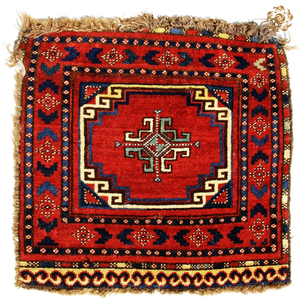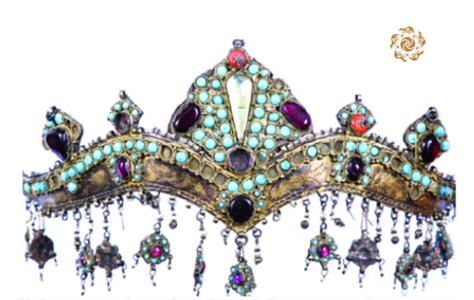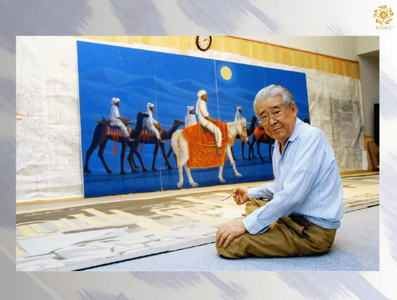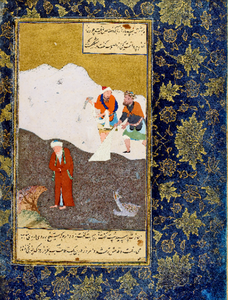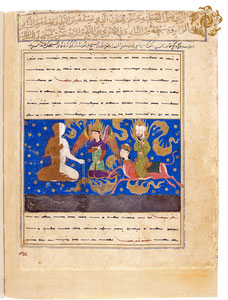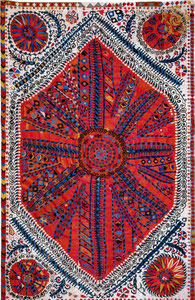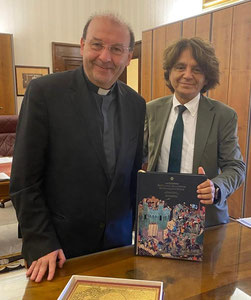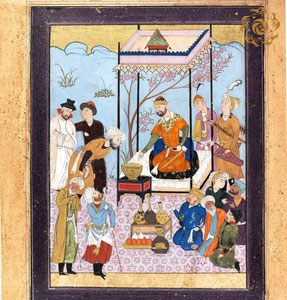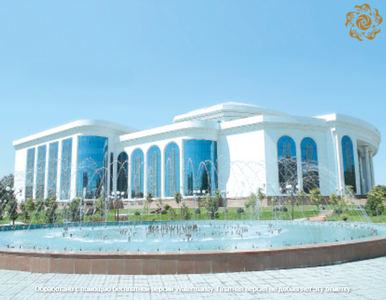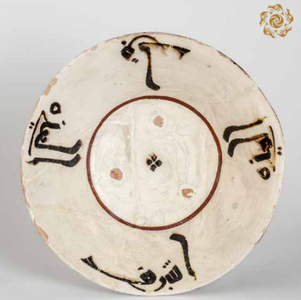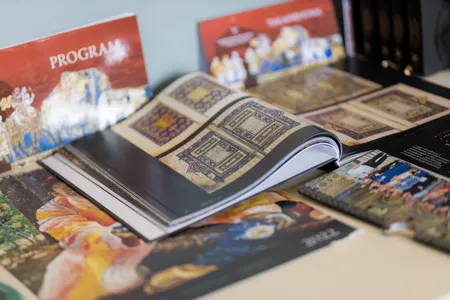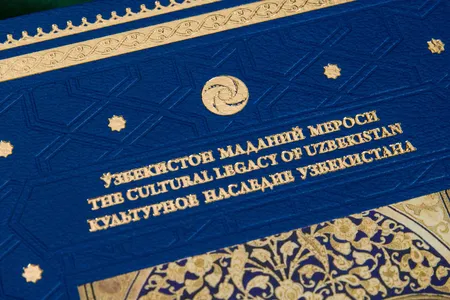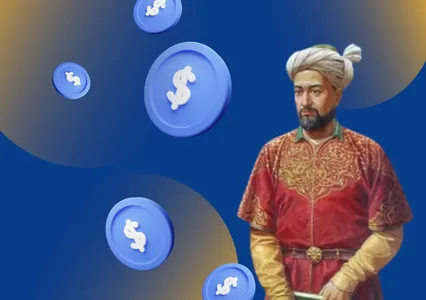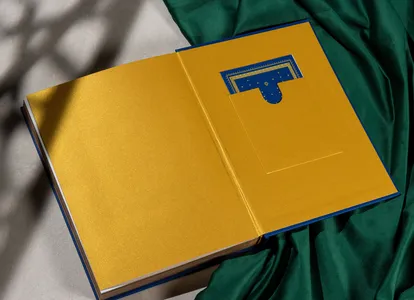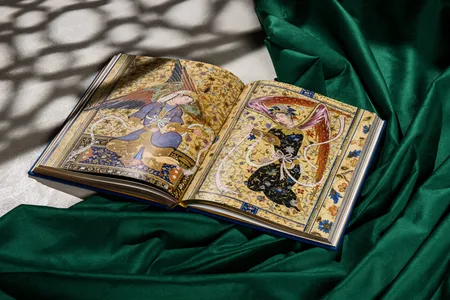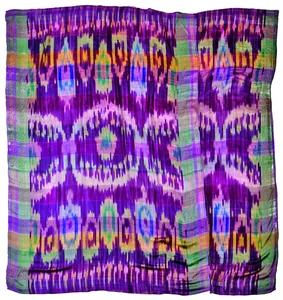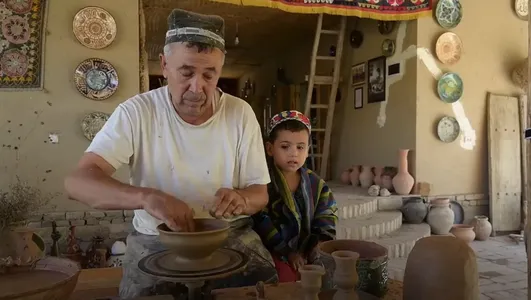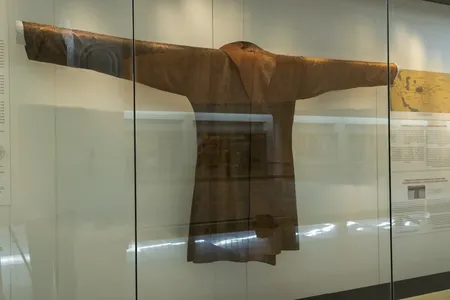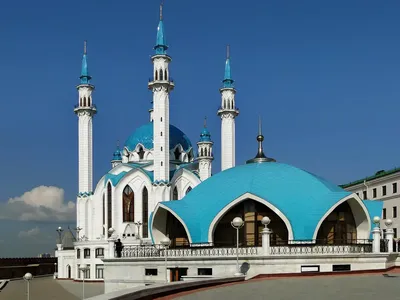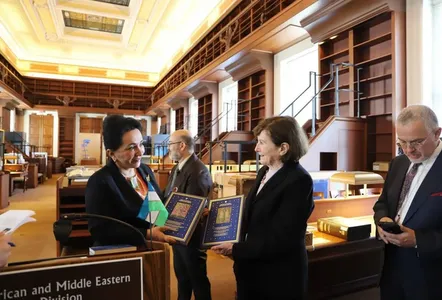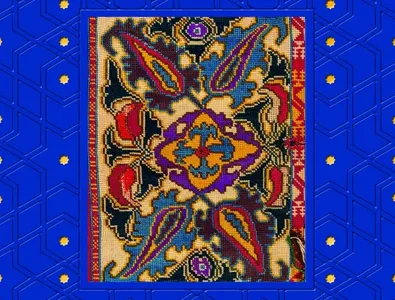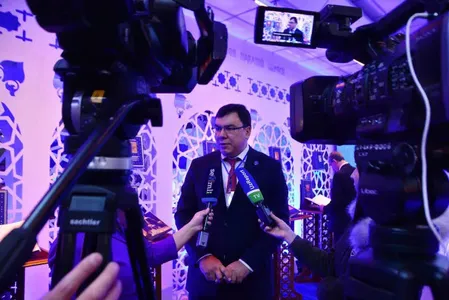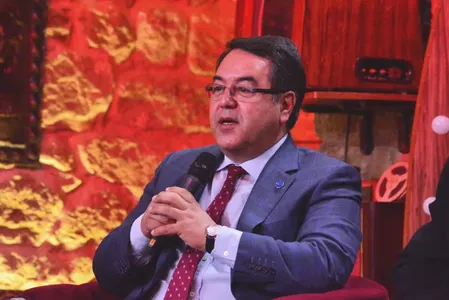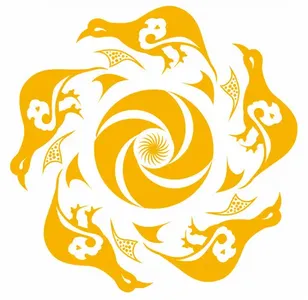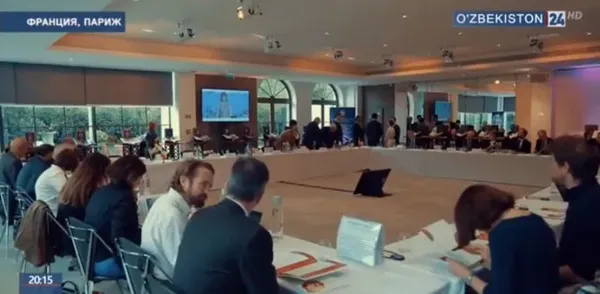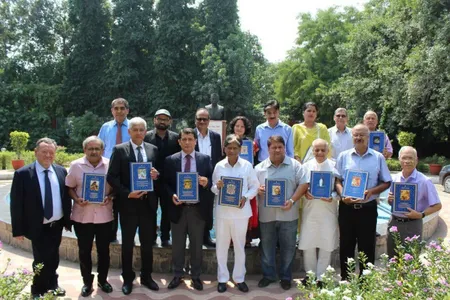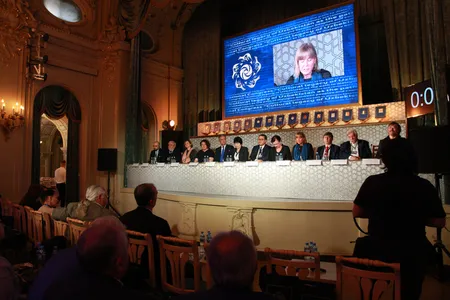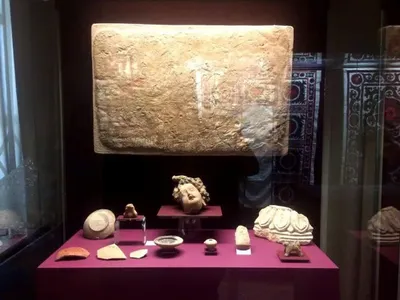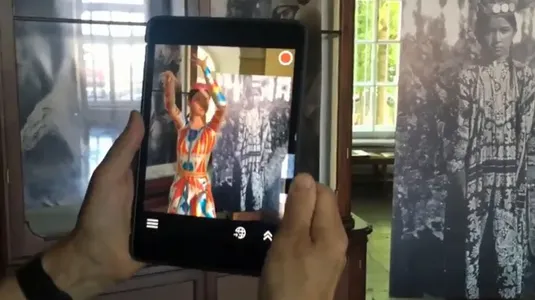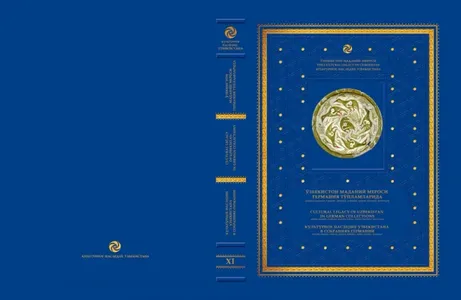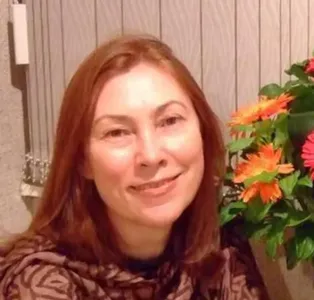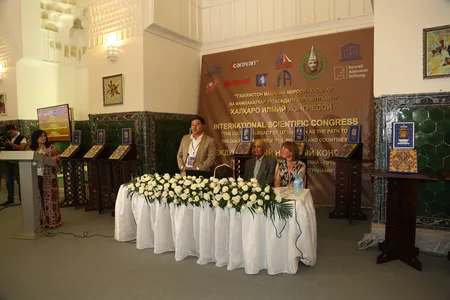
This photo (photo 1) shows the palace of the Emir of Bukhara "Kui Khauli". Attached is a description from the author of the picture:
“Kuyi khauli is located a little to the west of the Registan. It is very large, built on two floors; it also has a large yard. Around the latter are platforms, which numerous double doors and windows without glass but with carved shutters lead to. The front facades of the buildings are decorated with painted stucco, in which gypsum lattice windows are installed. Inside, in most rooms, the ceiling is flat, and pointed niches are built into the walls, which in their height resemble ordinary European window openings. The painting and ganch inside are much simpler than in other palaces, but in general this palace is beautiful and executed in a good style.”
The further fate of this palace, like many architectural monuments of Bukhara, is very sad. During the bombing of Bukhara (1920), the palace was completely destroyed. And these photographs are practically the only visual evidence of its existence.

This picture (photo 2) shows how boys over the age of seven studied at school. The children studied Hafiz and Navoi, the Qur’an and the history of Amir Timur. On Thursdays, schoolchildren brought sweets to the teacher.

And this picture (photo 3) shows the start of the expedition along the Amu Darya. The photographer especially noted the lush orchards along the banks of the river, and the thriving river trade with Afghanistan.

This photo (photo 4) captures how sheep are sold at the cattle market in the Ferghana Valley.
These rare shots are made by a remarkable man - the Danish traveler and explorer Ole Olufsen. He became one of the first photographers to work in Central Asia, and the information he collected here is very valuable. Olufsen's journey lasted 6 years, during which he covered over 12,000 kilometers exploring Central Asia.
In his book Exploring Central Asia, published in 1911, Olufsen recounted his adventures and discoveries in the region. Ole Olufsen called Bukhara "the city of a thousand mosques", Kokand - the heart of trade, the tomb of Amir Timur in Samarkand - a majestic mausoleum.
Here are some quotes from the diaries and books of the Danish traveler about the ancient cities of Uzbekistan:
Bukhara is a city that used to be one of the most important centers of religion and culture in Central Asia, and even today it continues to amaze with its beauty and grandeur.
Kokand is famous for its numerous mosques, madrasahs and caravanserais, and is one of the most important centers of trade and culture in the region.
Samarkand is the center of many great empires and civilizations, and its architecture and history reflect the rich culture and traditions of the people.
Khiva is one of the most powerful centers of Central Asia, and its fortresses and walls still serve as a reminder of the greatness and power of this city.
But the most valuable legacy of Olufsen, of course, are his photographs.
The World Society for the Study, Preservation and Popularization of the Cultural Legacy of Uzbekistan turned to the National Museum of Denmark with a proposal to talk about the exhibits of Uzbekistan associated with the name of Ole Olufsen, and received a response letter from Rane Willerslev, director of the museum. He expressed interest in publishing an illustrated album book with the World Society team and museum staff.
“This kind of collaboration is directly in line with our goals of strengthening cultural contacts with the countries of origin of our collections. The Department of Modern History and World Cultures of the National Museum will be happy to assist you in the preparation of the book. I sincerely wish that the publication of these unique materials will be a great success and become the basis for future cooperation between our institutions,” Rane Willerslev noted.
Work on the publication will begin shortly. The book will include unique exhibits brought by Ole Olufsen from the Central Asian expedition, his photographs. The academic part of the volume will be the prepared by Professor Emerita Esther Fihl, author of the book Exploring Central Asia I + II.
The general sponsor of the project "Cultural legacy of Uzbekistan in the world collections" is the oilfield services company "Eriell Group"

